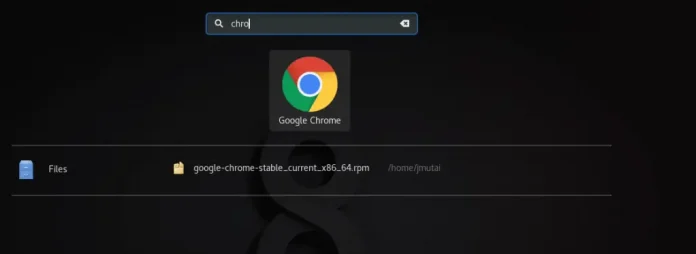A Django template is a text document or a Python string marked-up using the Django template language. Django being a powerful Batteries included framework provides convenience to rendering data in a template. Django templates not only allow passing data from view to template, but also provides some limited features of a programming such as variables, for loops, comments, extends etc.
This article revolves about how to use for tag with empty in Templates. for tag loops over each item in an array, making the item available in a context variable. The for tag can take an optional {% empty %} clause whose text is displayed if the given array is empty or could not be found. This is basically used as a condition to be followed to check if queryset is empty and what action to be performed in the same scenario.
Syntax:
{% for i in list %}
// Do this in non - empty condition
{% empty %}
// Do this in empty condition
{% endfor %}
Example:
For example, to display a list of athletes provided in athlete_list:
html
<ul>{% for athlete in athlete_list %} <li>{{ athlete.name }}</li>{% empty %} <li>Sorry, no athletes in this list.</li>{% endfor %}</ul> |
The above is equivalent to – but shorter, cleaner, and possibly faster than – the following:
html
<ul> {% if athlete_list %} {% for athlete in athlete_list %} <li>{{ athlete.name }}</li> {% endfor %} {% else %} <li>Sorry, no athletes in this list.</li> {% endif %}</ul> |
for … empty – Django template Tags Explanation
Illustration of How to use for …empty tag in Django templates using an Example. Consider a project named neveropen having an app named Lazyroar.
Refer to the following articles to check how to create a project and an app in Django.
Now create a view through which we will pass the context dictionary,
In Lazyroar/views.py,
Python3
# import Http Response from djangofrom django.shortcuts import render# create a functiondef Lazyroar_view(request): # create a dictionary context = { "data" : [1, 2, 3, 4, 5, 6, 7, 8, 9, 10], } # return response return render(request, "Lazyroar.html", context) |
Create a url path to map to this view. In Lazyroar/urls.py,
Python3
from django.urls import path# importing views from views.pyfrom .views import Lazyroar_viewurlpatterns = [ path('', Lazyroar_view),] |
Create a template in templates/Lazyroar.html,
html
{% for i in data %} <div class="row"> {{ i }} </div>{% endfor %} |
Let’s check what is displayed on “/” are displayed in the template.
Anything enclosed between for tag would be repeated, the number of times the loop is run.
Now let’s pass an empty array and use empty tag along with for tag.
In Lazyroar/views.py,
Python3
# import Http Response from djangofrom django.shortcuts import render # create a functiondef Lazyroar_view(request): # create a dictionary context = { "data" : [], } # return response return render(request, "Lazyroar.html", context) |
Now in templates/Lazyroar.html,
html
{% for i in data %} <div class="row"> {{ i }} </div> {% empty %} <h4>There is nothing in this list</h4>{% endfor %} |
Now, check http://127.0.0.1:8000/,






